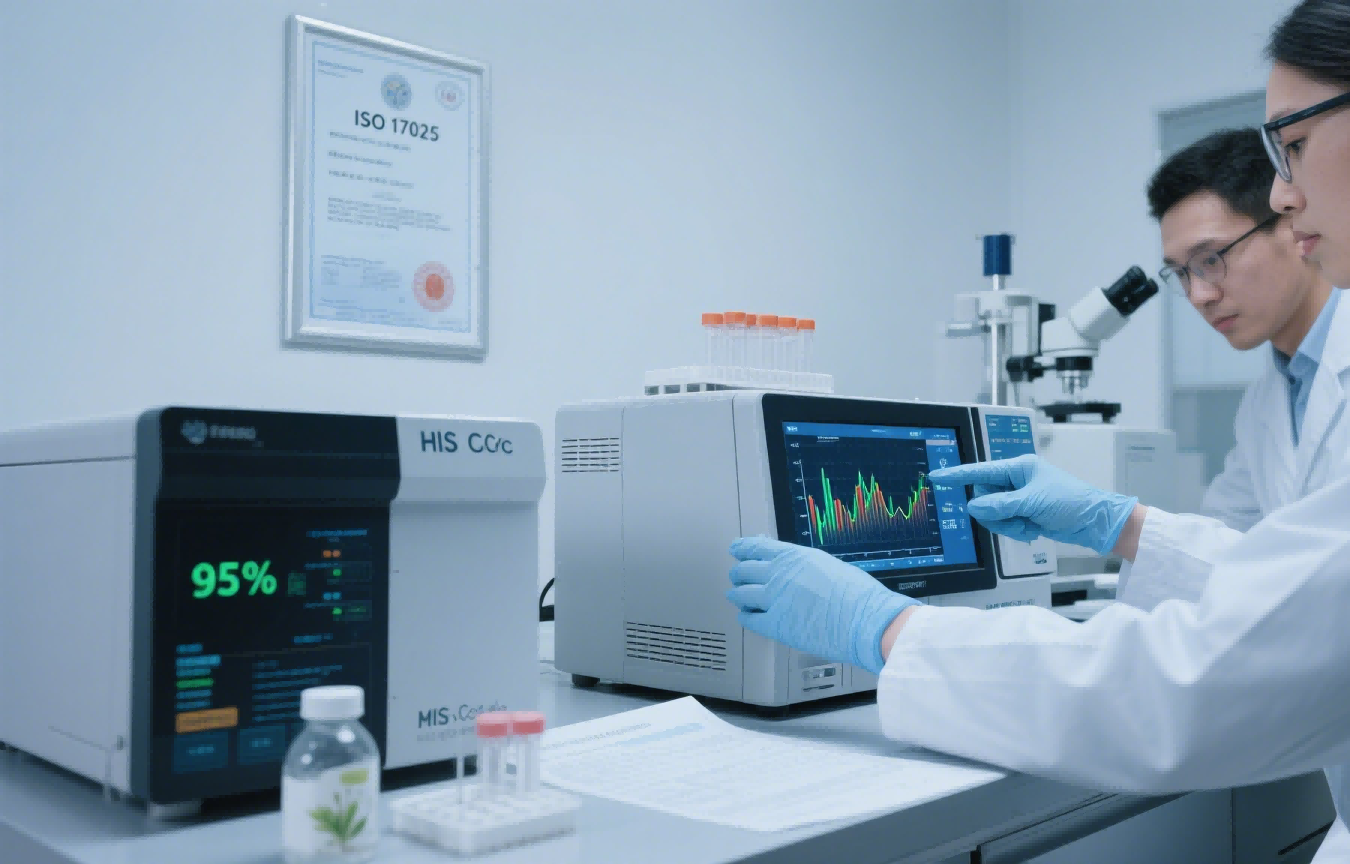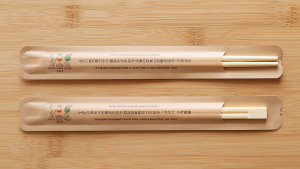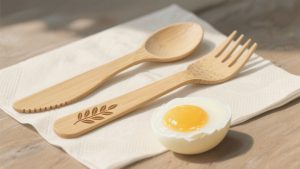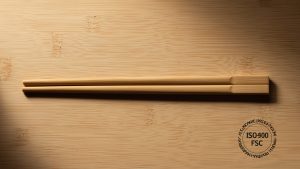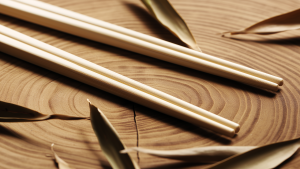Choosing the wrong coffee stirrer can ruin customer experience and increase costs - discover how bamboo outperforms wood and metal alternatives.
Bamboo stirrers1 combine wood's sustainability with metal's durability, resisting fractures better than birchwood while staying chemical-free unlike stainless steel - making them the hospitality industry's gold standard.
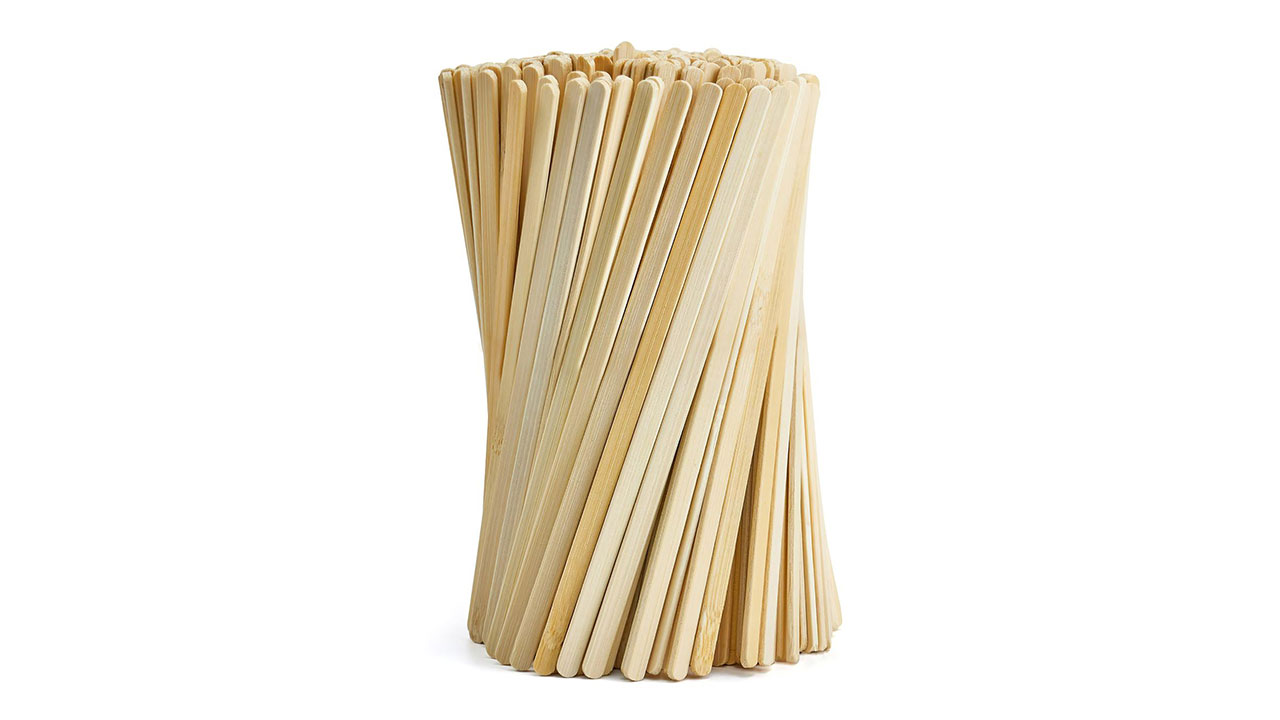 Beyond material properties, these stirrer types differ drastically in cost, performance and environmental impact - here's what every foodservice buyer should know.
Beyond material properties, these stirrer types differ drastically in cost, performance and environmental impact - here's what every foodservice buyer should know.
What Certifications Should Importers Look for in Bamboo Stirrer Suppliers?
Over 40% of imported bamboo products fail EU safety tests - protect your business by verifying these non-negotiable certifications. FDA, EU 10/2011 food contact and FSC certifications are essential, while premium suppliers like BF1998 also hold OK Compost HOME and ISO 22196 antimicrobial testing reports.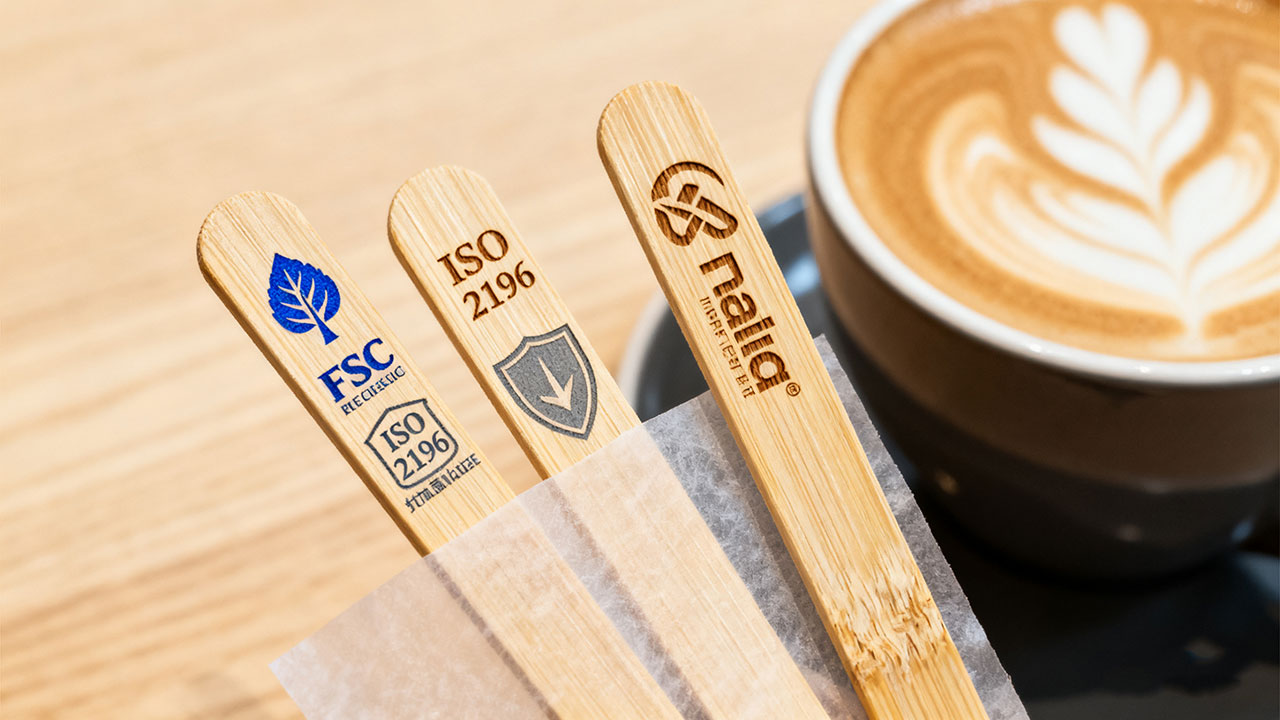
Certification Hierarchy Explained
| Certification | Purpose | Test Standards | Validity Period |
|---|---|---|---|
| FDA 21CFR175.300 | US food safety | Extractables testing | Permanent with annual audit |
| EU 10/2011 | European migration limits | 3% acetic acid | Batch-specific |
| FSC-COC | Sustainable sourcing | Chain of custody tracking | Annual renewal |
| OK Compost INDUSTRIAL | Commercial compostability | EN13432 disintegration | 3 years |
- Heavy Metals: Lead/Cadmium limits <0.5ppm (ICP-MS tested)
- Microbial Safety: <100 CFU/g total counts (ISO 4833)
- Physical Properties: Minimum 15N breaking force (ISO 3768)
Are Bamboo Coffee Stirrers Compostable and Eco-Friendly?
Many "compostable" stirrers simply break into microplastics - real bamboo disappears completely in just 90 days under proper conditions. Properly processed bamboo degrades faster than oak leaves in commercial compost (ASTM D6400 verified), with a 0.003kg CO2 footprint per unit vs plastic's 0.023kg.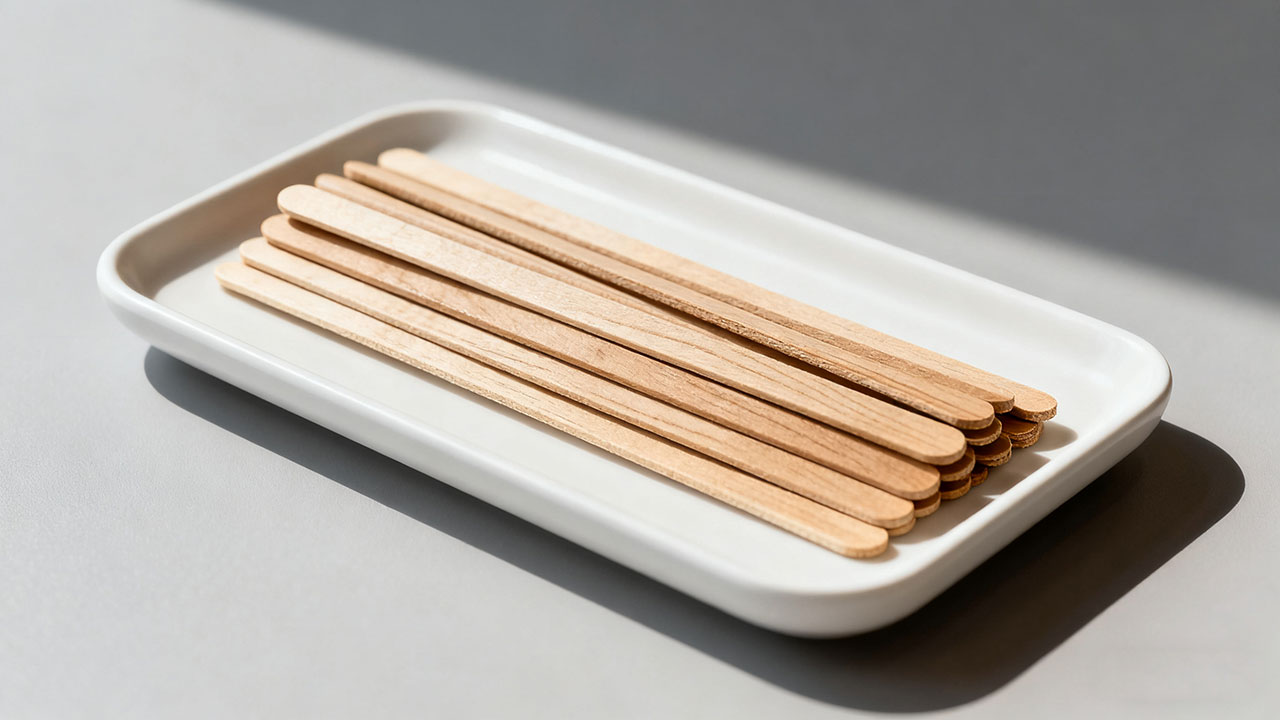
Degradation Timeline Comparison
Commercial Composting (58°C):- Week 1-2: Microbial biofilm formation
- Week 3-4: Lignin breakdown starts
- Week 6-8: Complete fragmentation
- Week 10-12: Full mineralization
- Month 1: Surface erosion
- Month 2: Structural weakening
- Month 3: Soil incorporation
- Water Use: 1L per 1000 stirrers vs wood's 8L
- Land Efficiency: Yields 4x more units/acre than birch
- Renewability: Regrows to maturity in 3 years (vs oak's 50+)
How Can Custom Branding Enhance the Appeal of Bamboo Coffee Stirrers?
Generic stirrers get discarded - branded bamboo becomes a marketing tool, with cafes reporting 22% higher Instagram engagement. Laser etching logos increases perceived value by 40% while food-grade stains create signature colors - our clients achieve 300% ROI through stirrer-based promotions.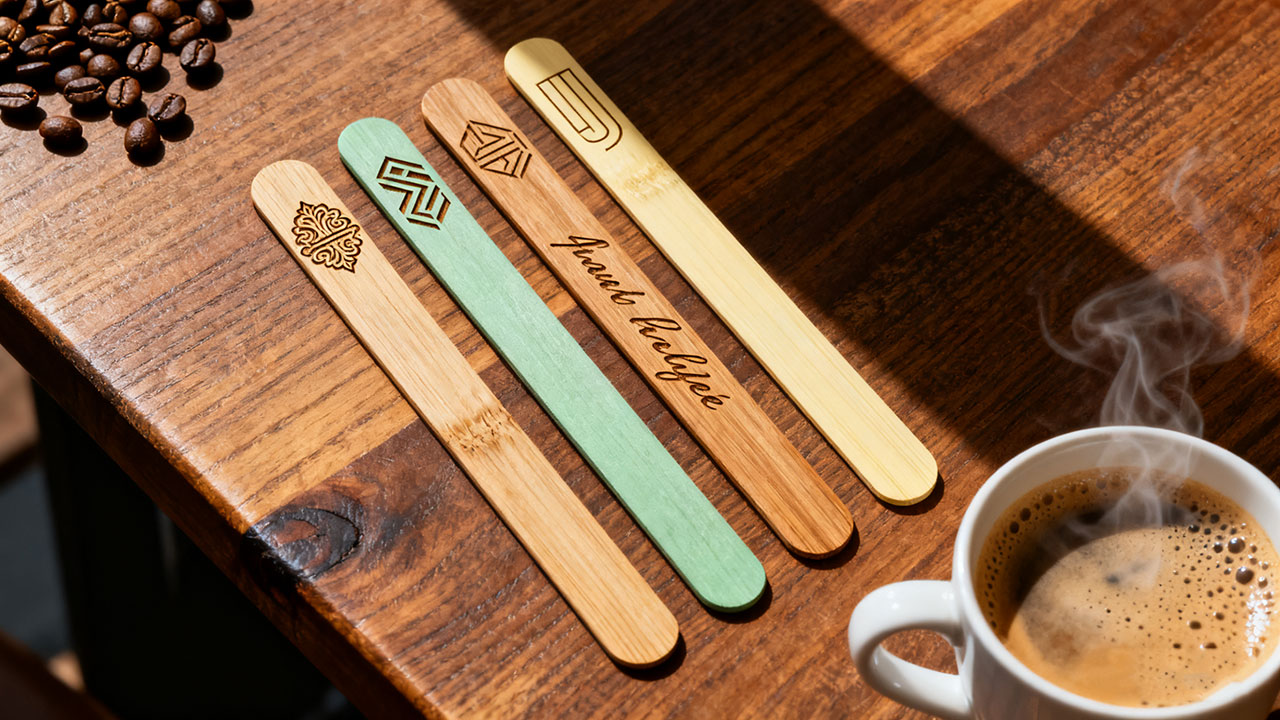
Branding Technology Options
| Method | Cost | Durability | Minimum Order | Lead Time |
|---|---|---|---|---|
| Hot Foil | $0.003/unit | Survives 5min liquid contact | 500,000 | +3 days |
| Laser Etch | $0.008/unit | Permanent mark | 100,000 | +5 days |
| Edge Staining | $0.012/unit | Colorfast >30 washes | 250,000 | +7 days |
| Debossing | $0.005/unit | Retains detail when wet | 1M | +10 days |
- Readability: Minimum 2mm font height
- Logo Placement: 15mm from top prevents drink contact
- Artwork: Vector files prevent pixelation
Conclusion
Bamboo stirrers1 outperform wood and metal alternatives in sustainability, functionality and branding potential - the smarter choice for modern foodservice businesses. ---References
- 1. Explore the advantages of bamboo stirrers, including sustainability and durability, to enhance your coffee service. ↩


